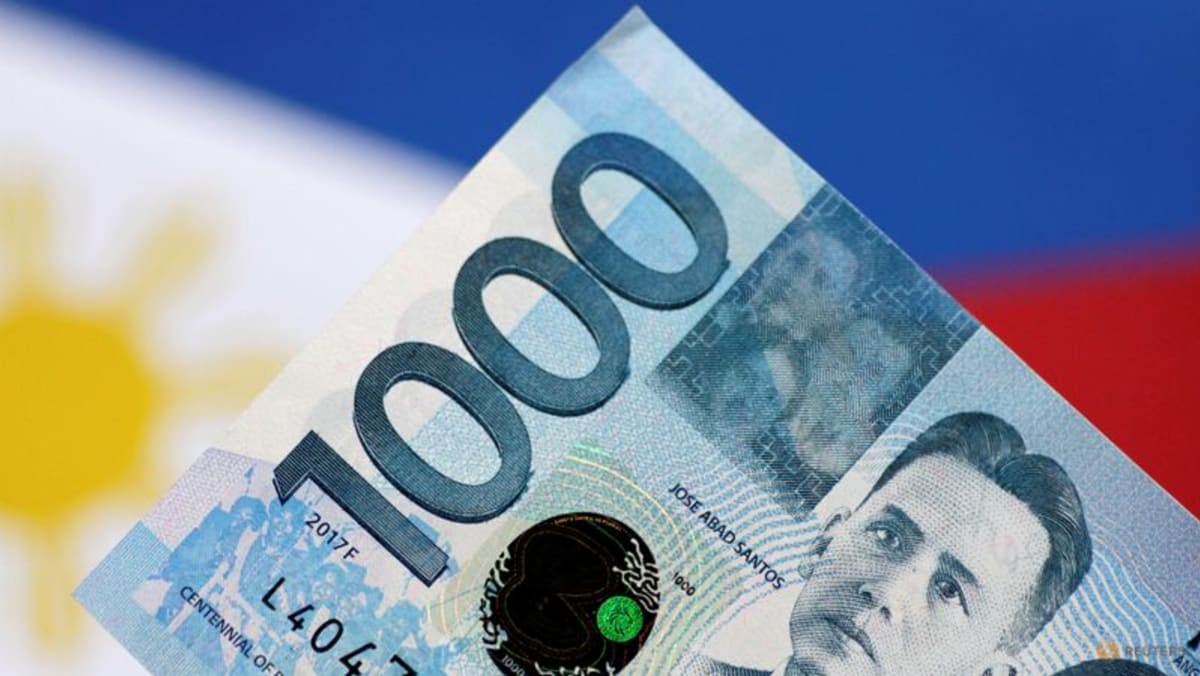Asia
Philippines welcomes removal from global money laundering ‘grey list’

The Philippines’ Exit from the FATF Grey List: A New Dawn for Financial Integrity
Introduction: Understanding the Significance of the Grey List
Imagine the FATF grey list as a warning label on a country’s financial system. It signals to the world that there are concerns about money laundering and terrorism financing. Recently, the Philippines was removed from this list, a move that is being hailed as a major victory. This delisting is more than just a bureaucratic change; it’s a vote of confidence in the Philippines’ efforts to clean up its financial systems. But what does this really mean? Let’s delve into the implications and why this is such a big deal for the country.
The Impact on the Economy: Easier Transactions and Boosted Investments
So, what does being off the grey list mean for the average Filipino? For one, it means that sending money abroad or receiving it from loved ones working overseas just got easier and cheaper. Think about overseas Filipino workers who send remittances home – this change could mean lower fees and faster transfers, putting more money in their pockets. Businesses, especially small ones, will also find it easier to engage in international trade, as the stigma of being on a watchlist is lifted. This could attract foreign investors who were previously hesitant, creating jobs and stimulating economic growth.
The Journey to Compliance: Challenges Faced by the Philippines
The Philippines wasn’t placed on the grey list without reason. Issues like casinos being used for money laundering and unregistered remittance operators flying under the radar posed significant risks. There were also concerns about how effectively the country was tackling terrorism financing. Addressing these issues wasn’t easy. It required tough decisions and significant reforms. For instance, the government had to crack down on illegal activities and ensure that financial institutions were more transparent. These efforts were part of a broader plan to convince the world that the Philippines was serious about cleaning up its act.
Reforms and Resilience: How the Philippines Turned Things Around
So, how did the Philippines manage to get off the grey list? It wasn’t just luck. The government rolled up its sleeves and implemented a series of reforms. They strengthened laws to prevent money laundering and made sure that financial institutions were better regulated. They also took steps to address the root causes of these issues, like improving oversight of casinos and ensuring that remittance operators were licensed and monitored. These changes weren’t just about ticking boxes; they were about building a financial system that is fair, transparent, and secure.
A Look Back: Historical Context of the Philippines’ FATF Journey
This isn’t the first time the Philippines has been on the FATF grey list. Back in the early 2000s, the country faced similar challenges. At the time, the lack of strong anti-money laundering laws put it in the spotlight for all the wrong reasons. It took five years of hard work, including major reforms to banking laws and the creation of a financial intelligence unit, for the Philippines to get off the list. This history shows that the country has a track record of turning things around when it comes to financial integrity.
Looking Ahead: The Future of Financial Integrity in the Philippines
So, what’s next for the Philippines? Getting off the grey list is just the beginning. The country needs to keep up the good work to ensure it doesn’t end up back on the list. This means continuing to improve laws and regulations, staying ahead of emerging threats, and working with international partners to combat financial crimes. The delisting is a testament to what can be achieved with determination and a commitment to integrity. As the Philippines looks to the future, this newfound reputation as a financially stable and trustworthy nation will undoubtedly open doors to new opportunities, both at home and on the global stage.